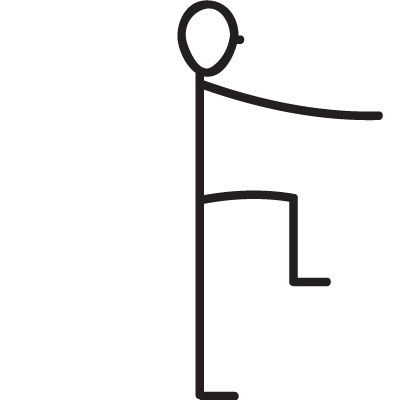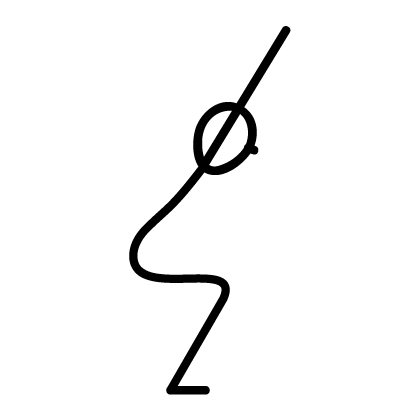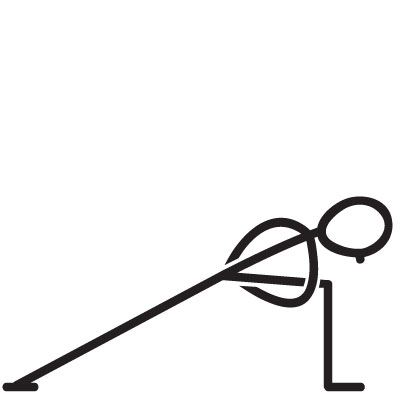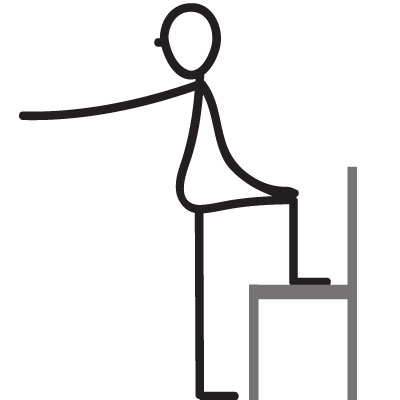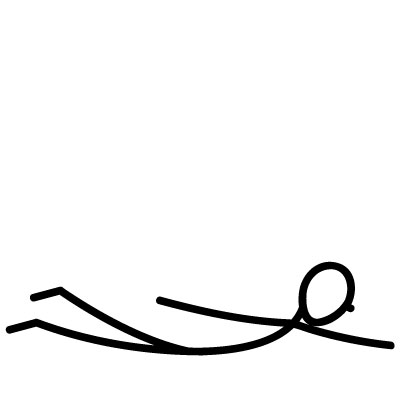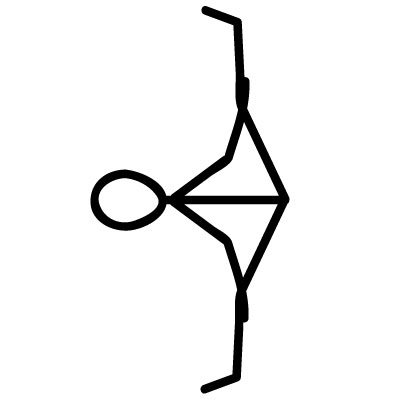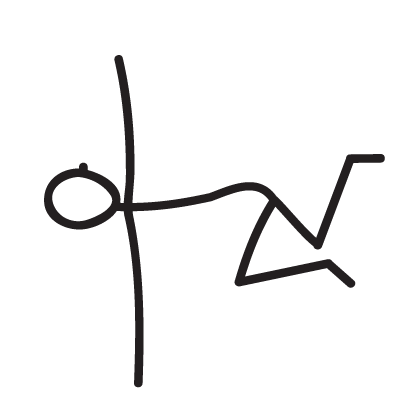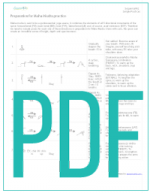Pose Recipes: Garudasana
Garudasana is named after Garuda, which means Eagle. The shape of the pose does not necessarily evoke the image of an eagle at first sight, since we usually envision the eagle in flight with wings spread out. But it makes more sense if we think of the pose as an eagle preparing to take flight after spotting a prey – tightly wound, fully focused, ready to spring into action. Then we can embody this pose by fully engaging the body without tensing it, by sharpening the focus and by cultivating the sense of readiness.

From the structural standpoint this pose strongly engages the hips and shoulders in addition to challenging balance. The position of the legs mimics sitting in a chair with legs crossed. The biggest difference is that when you sit in a chair your muscles are passively contracted which can create tension. When you are holding Garudasana even though your limbs are in the same position, your muscles are actively contracting to be able to maintain the pose, which means that it can actually help release accumulated tension. Be sure to balance this action out with hip extension and aBDuction.
The arm position here is rather challenging for the shoulders. It actively stretches the upper back and the posterior (back) structures of the shoulders, while contracting the chest and anterior (front) structures of the shoulders. Not everybody will be able to do it, so placing the palms together and trying to pull the elbows toward each other is always a legitimate option. Be sure to spend adequate time preparing and compensating for this position.
Preparation (Core poses)
Goal pose
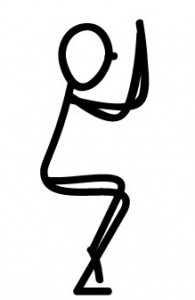 Garudasana (Eagle pose)
Garudasana (Eagle pose)
(Balance pose, asymmetrical, closed-frame).
Shift the weight of the body to your left foot. With the exhalation bend your left knee slightly and place the right knee over it. Tuck your right foot behind your left ankle if possible. For more stability you can touch the toes of the right foot to the floor.
Then bend both elbows in front of you and place the right elbow underneath the left one. Place the palms together and turn the wrists to twist your forearms. If this position doesn’t work for your shoulders, place your palms and elbows together instead.
Inhale: Lengthen all along the spine, imagine filling up the space between the shoulder blades. Keep the head in line with the spine.
Exhale: Gradually contract the abdomen and sink a bit deeper into the pose at the same time lifting the elbows slightly without lifting the shoulders. Continue to breathe like that.
Compensation
Sprinkles (additional elements)
– To emphasize stability and a sense of being grounded, you can add any breathing practice that includes longer exhalation (ratios, krama exhale, etc.)
– If you want to focus on the sense of spaciousness and buoyancy (“eagle in flight”) you can emphasize breathing practices with longer inhalation (ratios, krama inhale, etc.)
– You can include a meditation that helps your students feel more alert and present (or other qualities that you associate with an eagle) and carry that theme throughout the practice
– You can include “Sweet spot meditation” (below). You can find the sequence of this practice under Shared Sequences.

